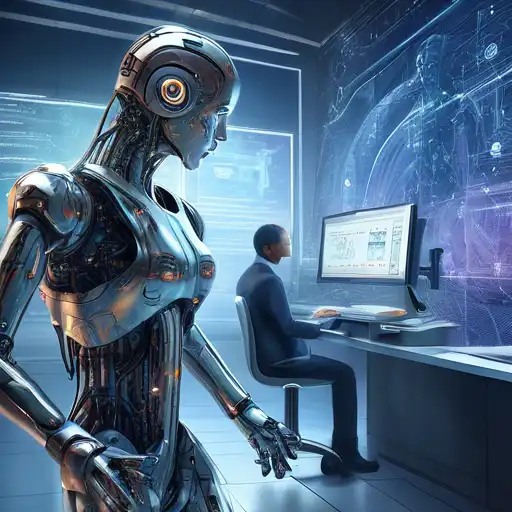Introduction to AI and Machine Learning
In the rapidly evolving world of technology, Artificial Intelligence (AI) and Machine Learning (ML) are two terms that often come up in discussions. While they are closely related, they are not the same thing. This article aims to demystify these concepts and highlight the key differences between them.
What is Artificial Intelligence?
Artificial Intelligence is a broad field of computer science focused on creating systems capable of performing tasks that typically require human intelligence. These tasks include problem-solving, understanding natural language, recognizing patterns, and making decisions. AI can be categorized into two types: Narrow AI, which is designed to perform a specific task, and General AI, which can perform any intellectual task that a human can.
What is Machine Learning?
Machine Learning is a subset of AI that involves the development of algorithms that allow computers to learn from and make predictions or decisions based on data. Unlike traditional programming, where a computer follows explicit instructions, ML enables computers to learn from data inputs and improve their performance over time without being explicitly programmed for every task.
Key Differences Between AI and Machine Learning
While AI and ML are interconnected, there are several key differences that set them apart:
- Scope: AI encompasses a wider range of technologies and applications, while ML is specifically focused on algorithms and statistical models.
- Learning: AI systems can be rule-based and not necessarily learn from data, whereas ML systems inherently learn and adapt from data.
- Applications: AI applications can range from simple rule-based systems to complex autonomous robots, while ML is primarily used for data analysis and predictive modeling.
How AI and Machine Learning Work Together
Despite their differences, AI and ML often work hand in hand. ML algorithms are a key component of many AI systems, enabling them to learn from data and improve their performance. For example, AI-powered chatbots use ML to understand and respond to user queries more effectively over time.
Future Trends in AI and Machine Learning
The fields of AI and ML are continuously advancing, with new technologies and applications emerging regularly. Some of the most promising trends include deep learning, reinforcement learning, and the integration of AI with Internet of Things (IoT) devices. These advancements are expected to further blur the lines between AI and ML, creating more sophisticated and intelligent systems.
Conclusion
Understanding the difference between AI and Machine Learning is crucial for anyone looking to delve into the world of technology. While AI provides the overarching framework for creating intelligent systems, ML offers the tools and techniques for these systems to learn and adapt. Together, they are shaping the future of technology and transforming industries across the globe.
